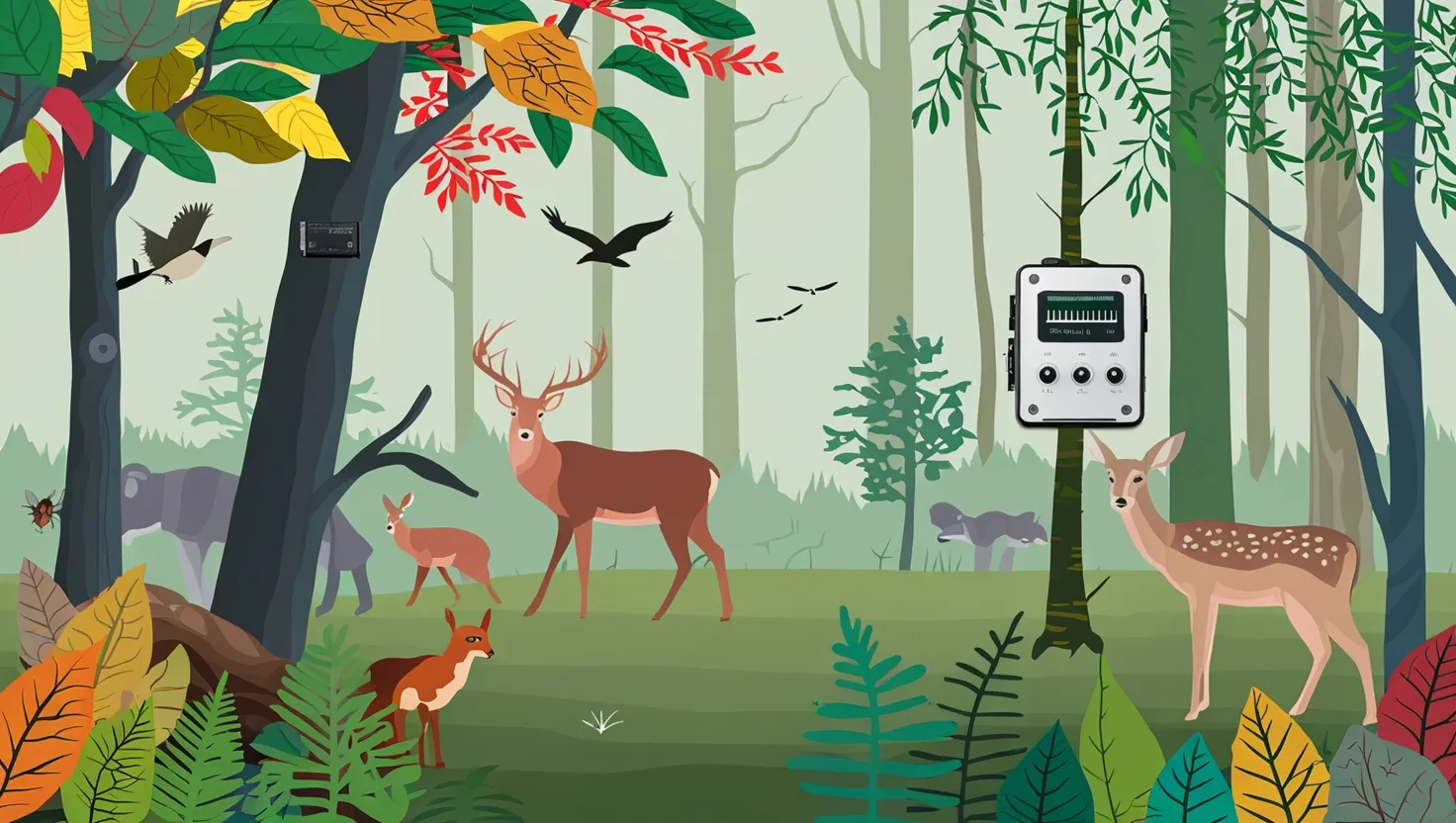The idea of space-time as a four-dimensional stage where physics unfolds is fascinating. You might wonder, why do we only have three spatial dimensions and one time dimension? Why not more? Additional large spatial dimensions probably don’t exist, as we would have detected them by now. Similarly, having more than one dimension of time could lead to closed time-like loops. Essentially, this means traveling to the past, which could break causality.
Imagine being able to travel back in time and kill your father. You wouldn’t have been born, so you couldn’t have traveled back in time to commit the act. This paradox illustrates why multiple time dimensions are deemed impossible. Studies also suggest that living in any other number of dimensions besides four would result in either no life at all or an unstable universe. This adds up to why our universe is structured the way it is.
It’s this delicate balance that makes the universe hospitable for life and stable enough to last. The concept of dimensions ties closely with the possibility of life and the stability of the universe, making it not just a scientific curiosity but an existential cornerstone.





